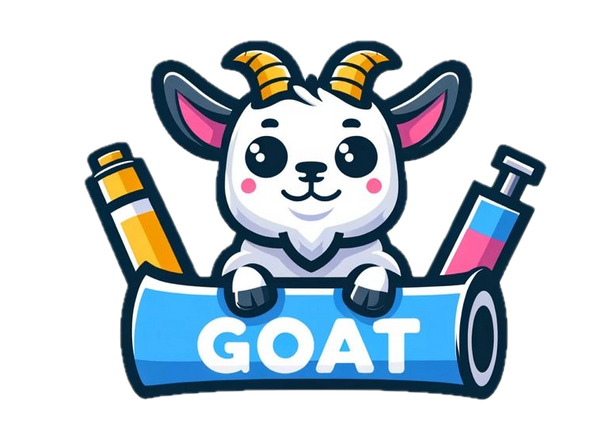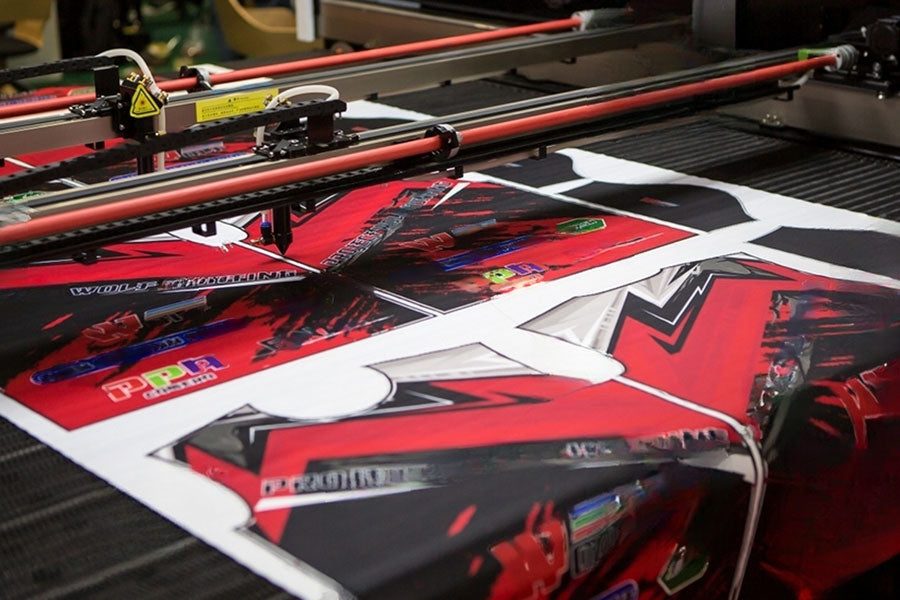At the crossroads of print methods for your upcoming project or business plan? Here is a comprehensive guide to help you decide between DTF and screen printing. We examine the characteristics, dissect the variations, and weigh the benefits and drawbacks of each method. You can make the right decision on your journey when you are well-informed and clear. Alright, we can get going.
Difference Between DTF and Screen Printing
Both approaches are well-liked and yield remarkable outcomes. To make an informed comparison between these two printing behemoths and the hybrid technique of screen print transfers, it is necessary to examine their respective functions, similarities, and differences.
Screen Printing
Next up, we have conventional screen printing. This classic method involves creating a stencil (or screen) for each color in a design and pushing layers of ink onto the print surface. To achieve the final result, each color is applied using a separate screen and then mixed. Screen printing is a popular option for large orders because of its low per-unit costs and reputation for long-lasting quality.
Design Complexity And Colors
DTF excels in handling intricate, multicolored designs as it can print full-color images in a single pass. Because each color requires it’s own sceen, screen printing works best with minimalist designs or those using a limited color palette.
Flexibility
DTF's versatility allows it to print on a wide range of materials, even those with a lot of texture or dark colors. Screen printing works well on smooth, light surfaces but has trouble with darker materials and needs special ink for each.
Quick Turnaround
Since DTF prints all colors simultaneously, it's ideal for small to medium-sized orders or designs with many colors. On the other hand, screen printing requires more time for creating screens and drying between each color layer.
Durability
Both procedures offer good durability, but the edge may be screen printing, mainly when applied directly to the fabric. However, with proper care, DTF prints can also last long.
Printing Quality
DTF Transfers produces high-definition, photorealistic prints thanks to its ability to print full-color images with impressive detail. Screen printing delivers vibrant, opaque colors but needs help with complex or detailed designs. The quality of the screen prints used to create screen print transfers is heavily dependent on screen print quality, but both screen printing and screen print transfers offer vibrant colors.
Color Reproduction
For intricate or multicolored designs, DTF Transfers are the way to go because of how well they reproduce a broad spectrum of colors in a single print. Screen printing requires a new screen for each color, making it more suitable for designs with few colors or that need specific, accurate colors. Screen print transfers, much like Screen printing, are limited by the number of colors they can efficiently reproduce in a design.
Financial Ramifications
For individuals, the cost-effectiveness of each approach relies on the scale and complexity of the project. DTF transfers are cost-effective for low volumes and require little in the way of setup fees. However, Goat Transfers has made the investment already removing the investment hassle. Screen print transfers offer a medium ground, especially if you are satisfied with outsourcing the screen print development.
Versatility
DTF Transfers can print on various materials, including cotton, polyester, and blends, demonstrating their versatility. Screen printing works well on cotton and certain synthetics but might require special inks for other materials. Screen print transfers offer similar versatility to screen printing, as they are essentially pre-made screen prints.
Durability
With proper care, DTF Transfers are durable and can withstand many washes. Screen Printing directly applies ink to the fabric, resulting in a long-lasting print. Screen Print Transfers, once applied correctly, also provide a durable impression.
Design Constraints And Opportunities
From full-color graphics to complex details, the design possibilities with DTF Transfers are endless. Screen printing excels with simple, bold designs and struggles with complex ones. Restrictions on screen print transfers are similar to those on screen printing.
Application of DTF
Application of DTF is easier than screen printing as it only requires to be placed on the object and the plastic film is removed. Screen printing on the other hand requires a complicated method by placing the template onto the object.
DTF vs. screen printing: Which is better?
Determining whether it is preferable relies on your project requirements: DTF excels at vibrant, full-color designs on dark fabrics and is cost-effective for small runs. At the same time, screen printing is the go-to for larger print runs featuring simpler designs because of its scalability and cost-effectiveness in high volumes.
So, if your project involves complex, multi-color designs in smaller quantities, DTF is the superior choice. For simpler designs in large quantities, screen printing is the answer.
Goat Transfer is here to assist you in making the best decision for your printing needs and is available to provide further guidance if you need it.

